
Tu B’Shvat: Land of Tree Milk and Honey
“A land flowing with milk and honey” - is the Torah referring to milk that comes from the land, and not from animals?
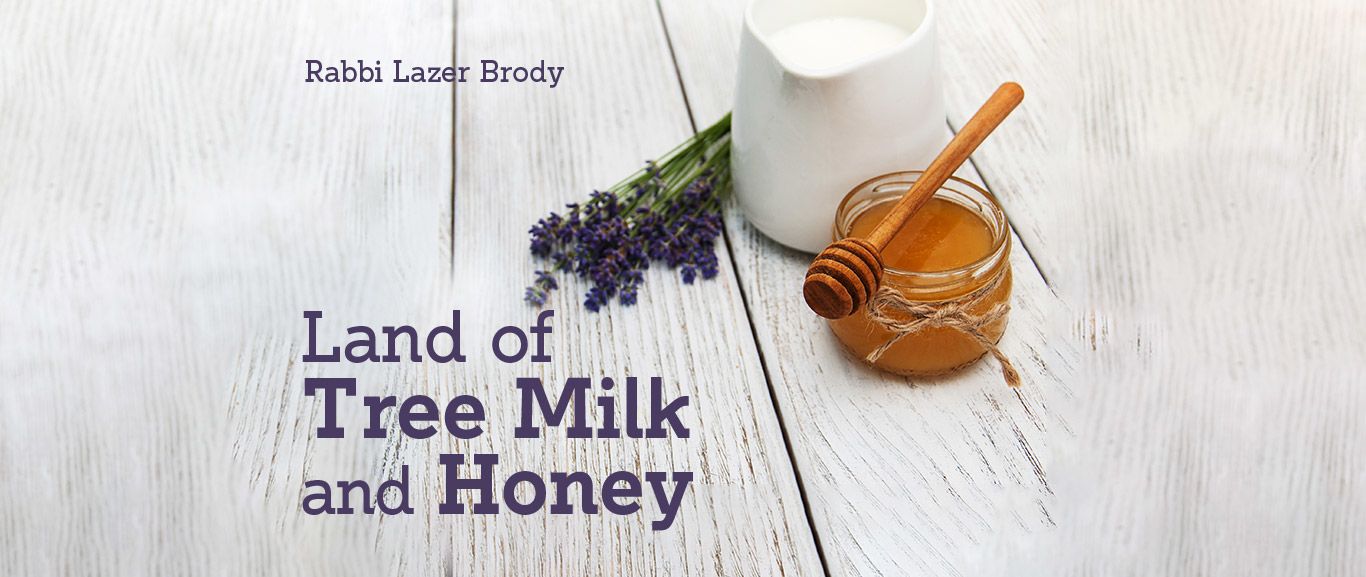
This time of year, children all over the Land of Israel are singing:
Hashkedia porachat, hashemesh la zorachat, Tu B’Shvat Higuia, chag ha’ilanot! Translated, “The almond tree is flowering, the sun is shining for it, Tu B’Shvat has arrived, the festival of the trees.”
In the middle of the month of Shvat, if you’re making the picturesque ascent from Shaar Hagai to Jerusalem on Highway One, or if you’re driving through the hill country of Judea and Samaria, you’ll see scattered gorgeous pink-blossoming trees adorning the hillsides. These are the almond trees, a native of the Land of Israel that for centuries has been thriving in her holy soil. The Eretz Yisrael almond tree is a hardy variety that endures cold winters, hot summers, desert winds and even drought. Its robust roots penetrate rocky soil and are capable of anchoring it to steep slopes where other arbor varieties would wither. By virtue of its durability, almond seedlings are the root stocks upon which many fruit-tree farmers choose to graft peach, plum and nectarine varieties, all of which are members of the almond family. The Land of Israel almonds are smaller than California almonds but renowned for their phenomenal nutritional value. These almonds are nutritionists’ first choice for a number of protein supplements, especially for pregnant women and nursing mothers. They are high in protein, fiber, and Omega 3 and 6, yet easy to 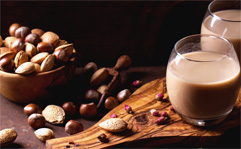 digest. More on the nutritional treasures of the almond in a moment…
digest. More on the nutritional treasures of the almond in a moment…
The almond’s name in Hebrew, shaked, is testimony of its remarkable nature and intrinsic qualities. “Shaked” in Hebrew, pronounced shah’ked (like the Shah of Iran and Keds sneakers), is the root word of the Hebrew word for diligence, shkeda. In fact, “shkeda” means more than diligence – it’s a persevering diligence. A Torah scholar who learns with focus and concentration for long periods of time is called a shakdan, also from the same root word that is also the almond’s name. What’s the connection between the shakdan and the shaked, the almond? The diligent Torah scholar is the first one to arrive in hall of study every morning. Likewise, the almond is the first of the fruit trees to flower, even weeks before the termination of winter.
The Torah describes Eretz Yisrael as a land “flowing with milk and honey” (Exodus 13:5). Rashi explains that the honey the Torah is talking about is not that of the bees, but date honey, for ripe Land of Israel dates, especially the Medjool variety, are sweet as honey. Many people use silan, or date syrup, as a substitute for honey. Yet, if we are exacting in the Torah’s terminology of a land flowing with milk and honey – referring to the land and not the insects or animals – then we can interpret that the milk comes from the land as well; in other words, the Torah could be referring to something other than cow milk or goat milk. In the case of the almond, such a Torah interpretation is a perfect fit.
Almond milk is a highly nutritious alternative to cow milk, especially for those who suffer from lactose intolerance and therefore have difficulty digesting cow milk. It’s also perfect for vegans who avoid foods from animal sources. And, it’s parve, allowing you to drink your favorite coffee with milk after a meat meal.
Have a lovely Tu B’Shvat!


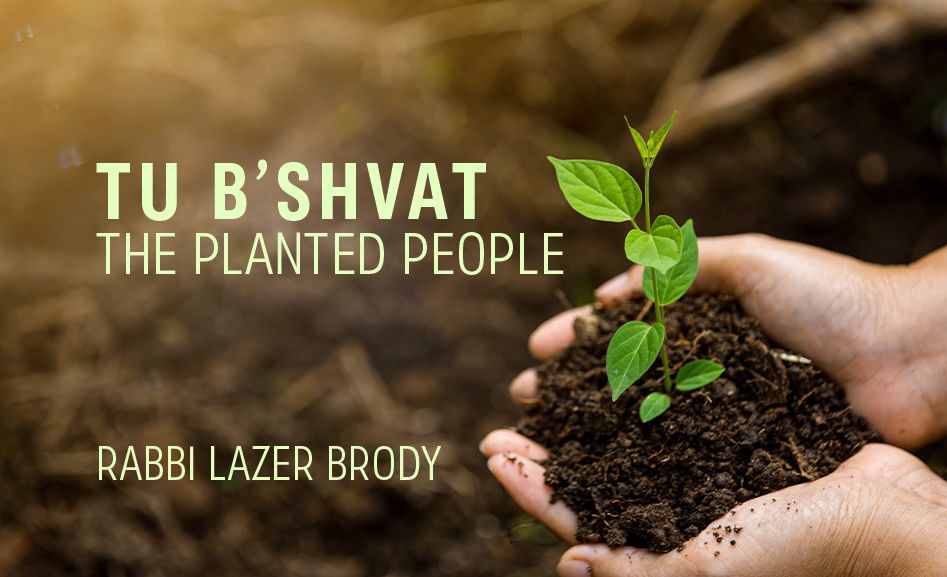

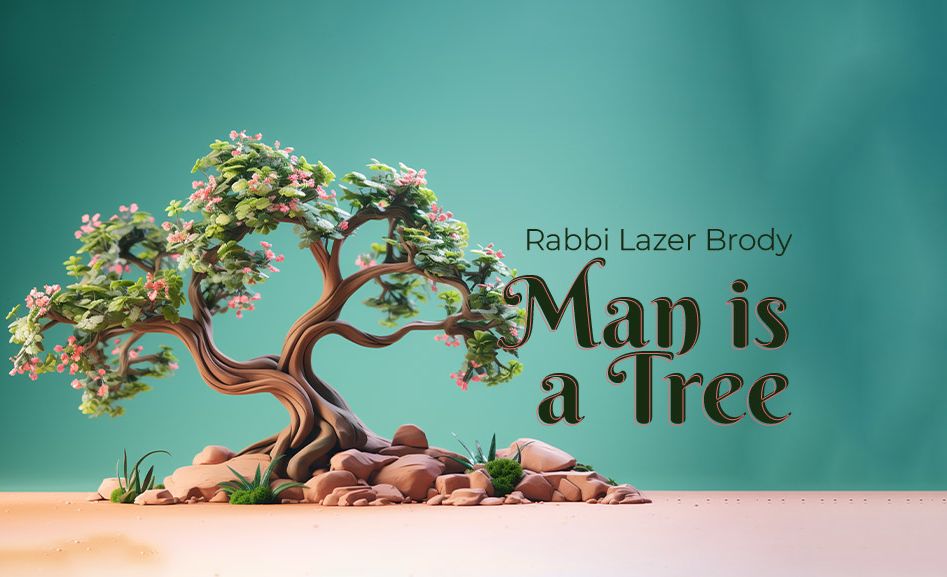
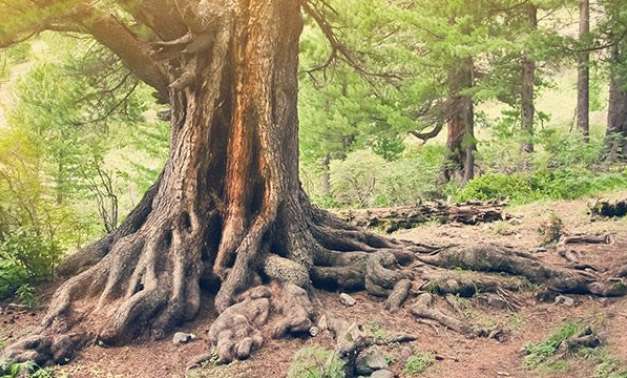

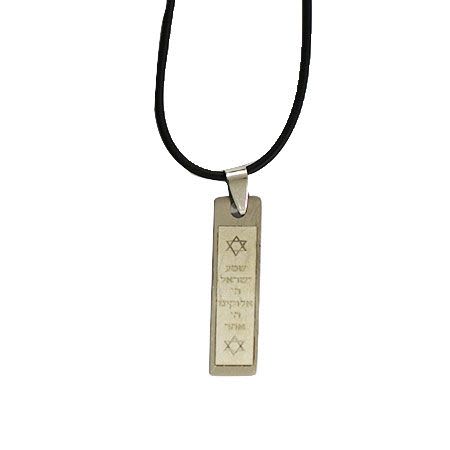
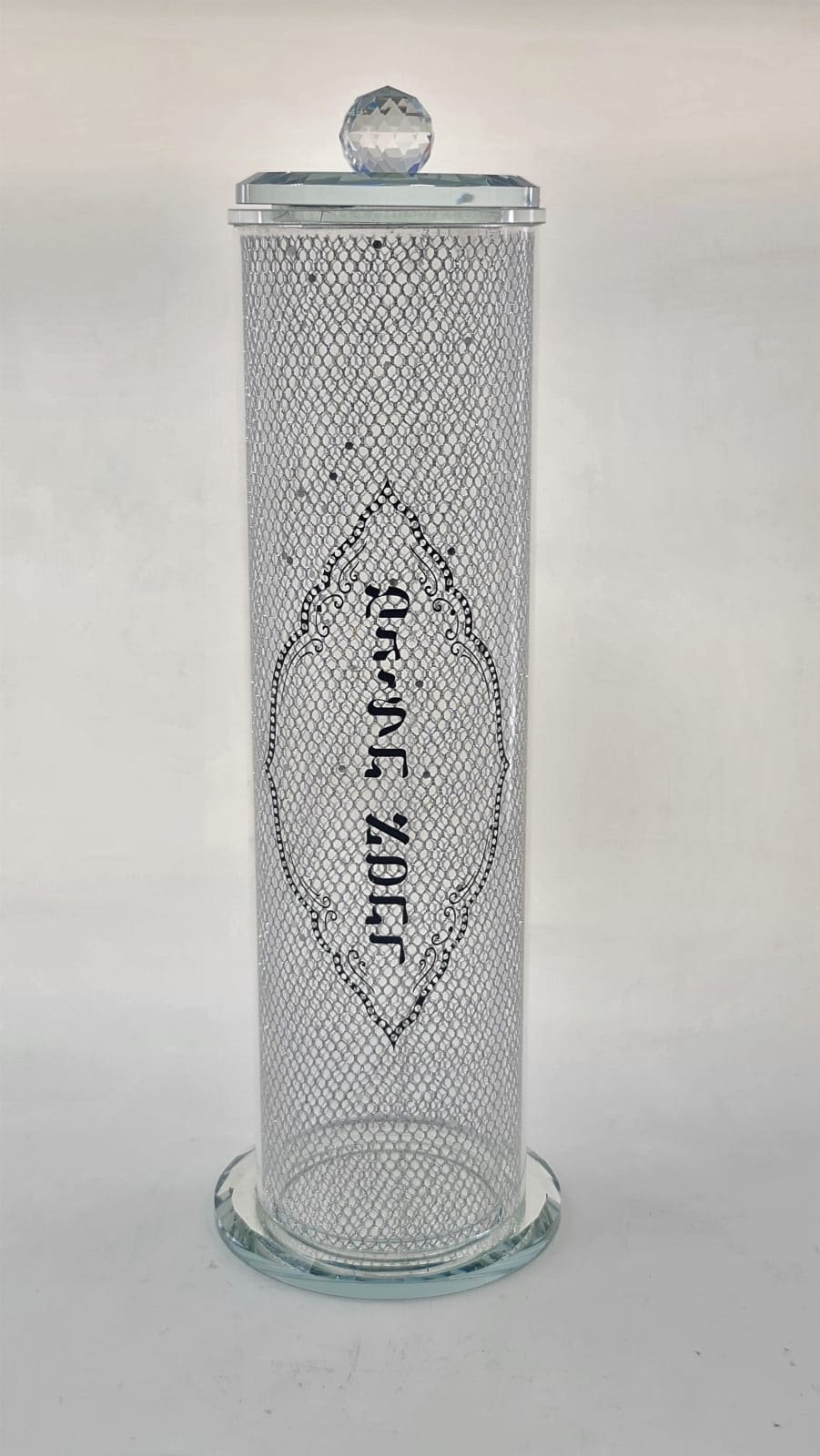
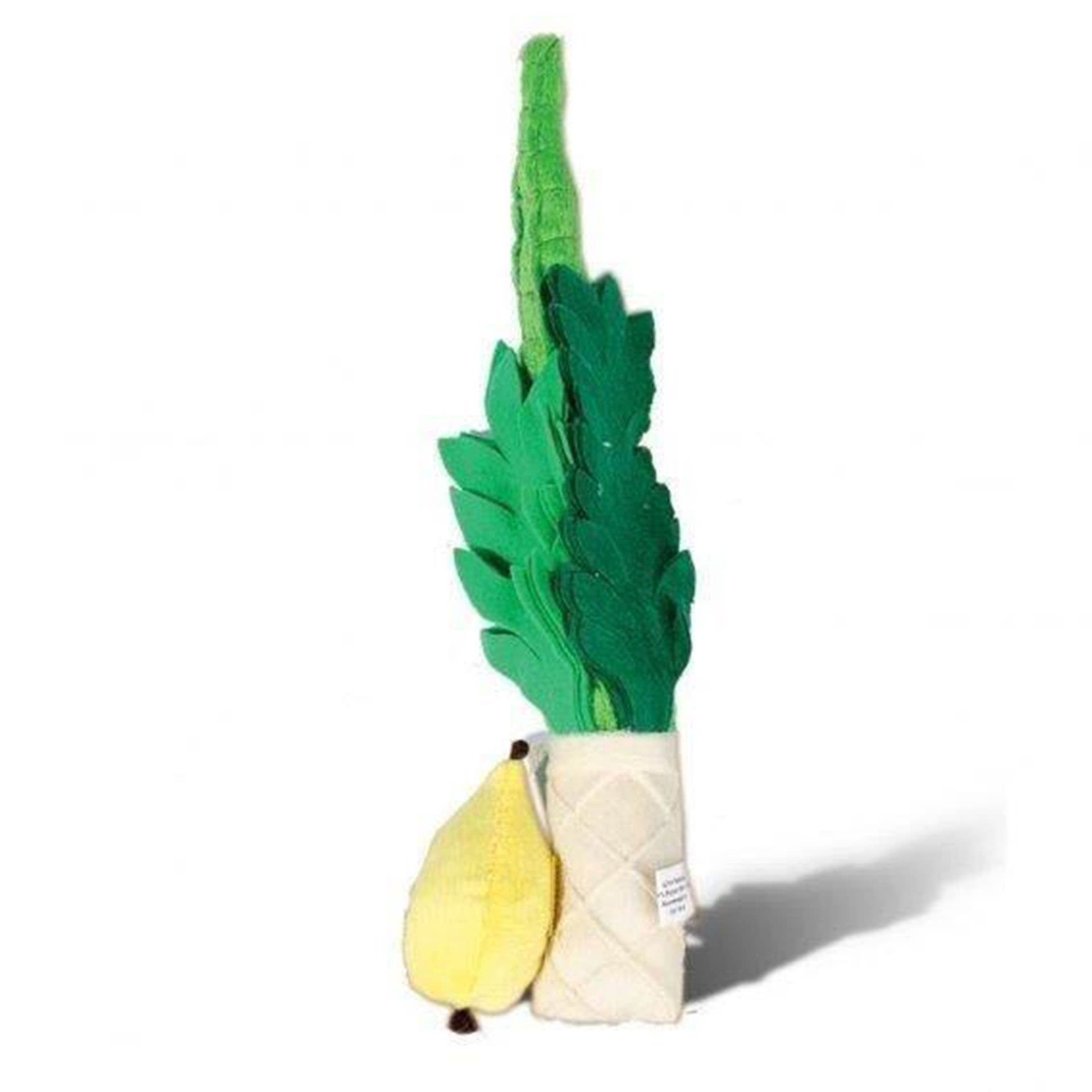

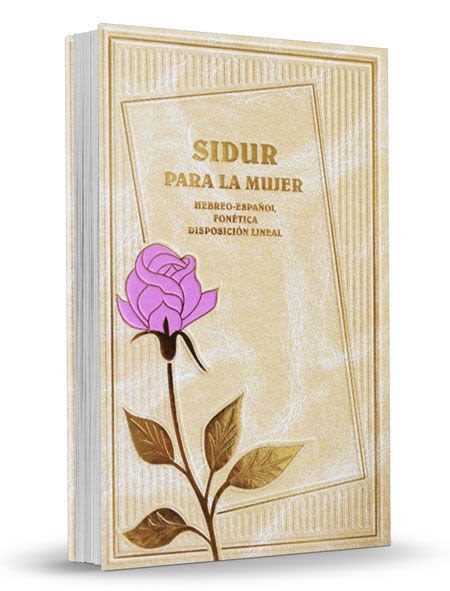
Tell us what you think!
Thank you for your comment!
It will be published after approval by the Editor.